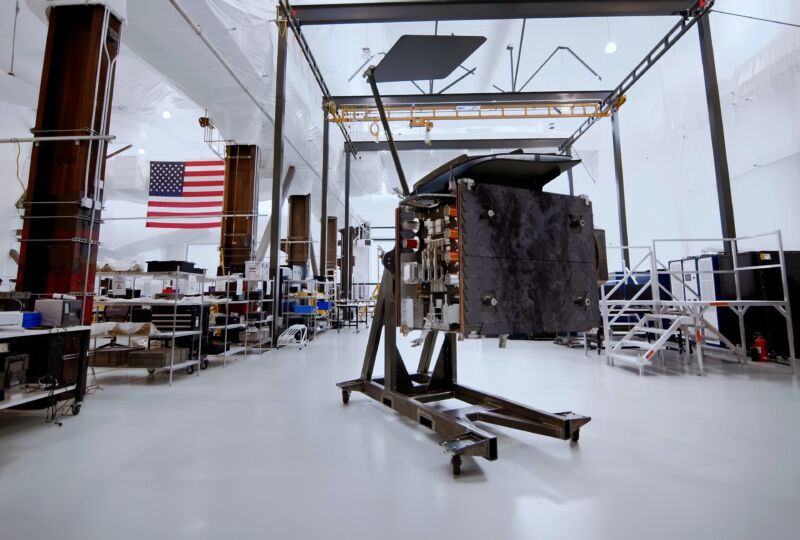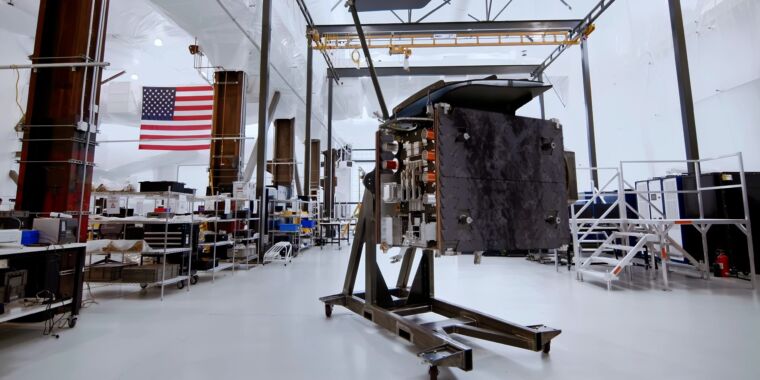
Astranis
Astranis, a company seeking to provide Internet connectivity from geostationary space, said in May that its “Arcturus” satellite was successfully deployed following a launch on a Falcon Heavy rocket.
After taking control of the satellite, Astranis then began to send commands and update the flight software before raising Arcturus’ orbit and slotting it into a geostationary position overlooking Alaska. Once there, the satellite linked up with an Internet gateway in Utah and communicated with multiple user terminals in Alaska.
Sometime after this, however, the satellite experienced what Astranis characterized as an abrupt anomaly with a supplier’s component on the solar array drive assembly. In an update on Friday, Astranis co-founder John Gedmark explained that this assembly rotates to solar arrays to ensure they are always pointed at the Sun, allowing the spacecraft to remain fully powered at all times.
“The Astranis engineering team has been doing an incredible job working around the clock to troubleshoot the issue,” Gedmark said. “We have now reproduced the problem on the ground in a vacuum chamber, zeroed in on the exact source of the failure, and know how to fix it for future spacecraft. Because this failure occurred within the internal workings of a component supplied by an external vendor, we’re not in a position to go into the full technical details.”
The disappointment in Gedmark’s update is palpable.
“This is a frustrating situation—the Arcturus spacecraft is in a safe state and fully under our control, the payload and our other Astranis in-house designed components are all working perfectly, and the tanks are fueled for years of on-orbit operation,” he said. “But unless something major changes, the mission of providing Internet connectivity in Alaska will be delayed.”
Fixed for the future
Astranis was founded in 2015 to determine whether microsatellites built largely in-house could deliver high-speed Internet from geostationary space at a low price. The launch of Arcturus marked the first demonstration that Astranis’ small satellite technology worked in space and could survive the harsh radiation and thermal environment previously dominated by much larger satellites that cost hundreds of millions of dollars.
Given that this was an effort to test this technology on a shoestring budget, it is perhaps not surprising that the satellite ultimately failed due to some unforeseen problem. The real acid test for Astranis, now, is to ensure that it learns from this failure and that the company’s second satellite works in space.
In his update, Gedmark said the company understands how to quickly solve this issue on future spacecraft that are in production. The company is also working toward a solution to provide Internet service in Alaska, via Pacific Dataport, as initially planned with Arcturus.
The backup plan, he said, “involves a special, multipurpose satellite that can operate as an on-orbit spare and bridge us to a full replacement satellite. We call this satellite UtilitySat. It can operate anywhere in the world, on multiple frequency bands, with the flexibility of a software-defined satellite. UtilitySat has been in the works for over a year, is in the final stages of integration, and is manifested on our very next launch that will take place at the end of this year.”








